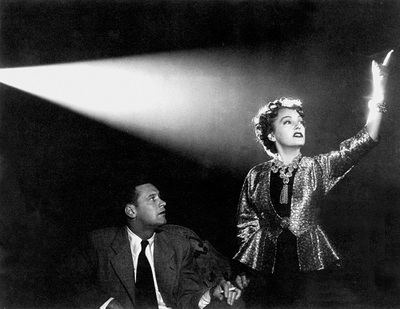In a duo, a pianist and a vibraphonist could get in each other's way -- similar percussive attack, similar chordal options. When they've been playing together for something like 20 years, though, not so much.
They could also have accumulated too much knowledge to find easy common ground -- but these two both seem to know everything, and the duo setting lets them explore it all.
What about personalities? Keezer comes off as a shy nerd, Locke as a gregarious athlete. But the pianist acts as if he's playing in his living room, and the vibesman calls him Keez. It all works.
They also know how to structure a set. Locke eases in with a reverberative, breatheable expression of beauty; Keezer adds his ripe touch; and they slide right into film-soundtrack territory. (Hey, this is L.A.) Just when we start wondering if the romance has an edge, they clip some upbeat bebop with a Monkish chromatic flavor. Accessing a broad demographic, they plumb the harmonic and rhythmic possibilities of the Peter Gabriel ballad "Come Talk to Me." And to show they can knock the train right off the genre rails, they construct a wide-open yet rigorous multipart edifice with Locke comping harshly (!) while Keezer takes sensual flight.
Keezer hunches and squints; Locke hops behind his plates and delivers dramatic uppercuts; the club-filling audience (college kids, young couples, middle-aged aficionados) digs the whole smorgasbord. Both musicians talk between tunes -- explaining compositions' backgrounds, telling stories. It would have been fascinating to hear Locke describe touring with Cecil Taylor, but it's even better to soak up his sensitive, reverent eulogy for the recently deceased vibraphonist Bobby Hutcherson, who showed a similar ability to build aqueducts between the mainstream and the avant.
That verbal moment supplies an emotional resonance sometimes absent from the technically spectacular Keezer-Locke circus. But that's a comment, not a complaint.

